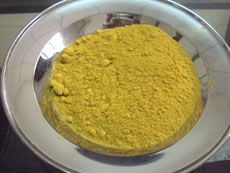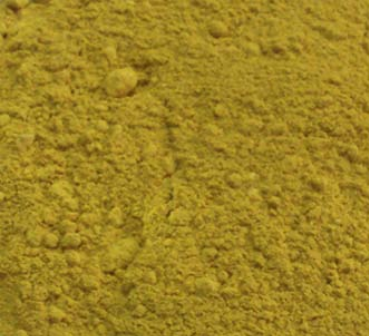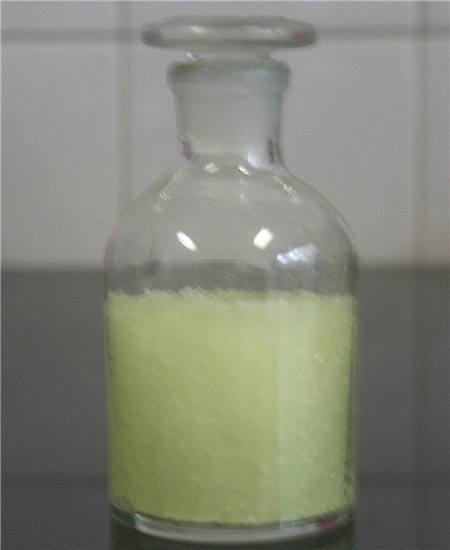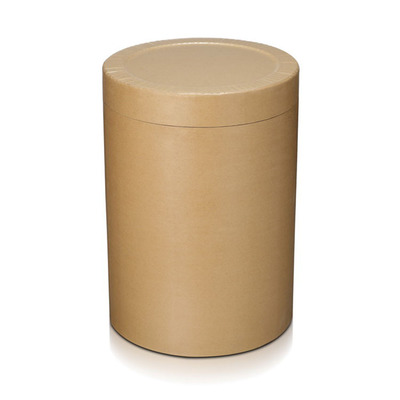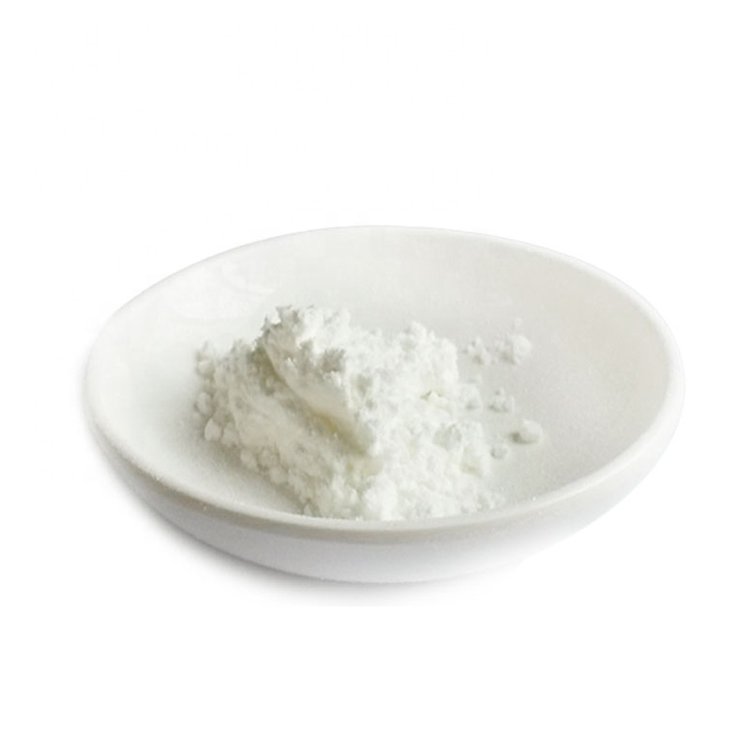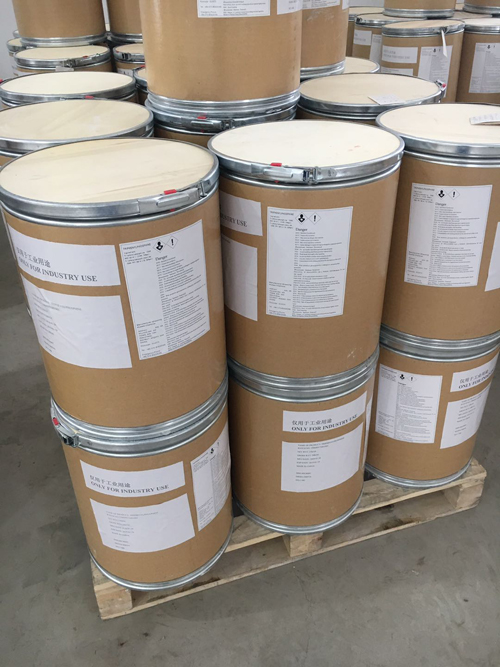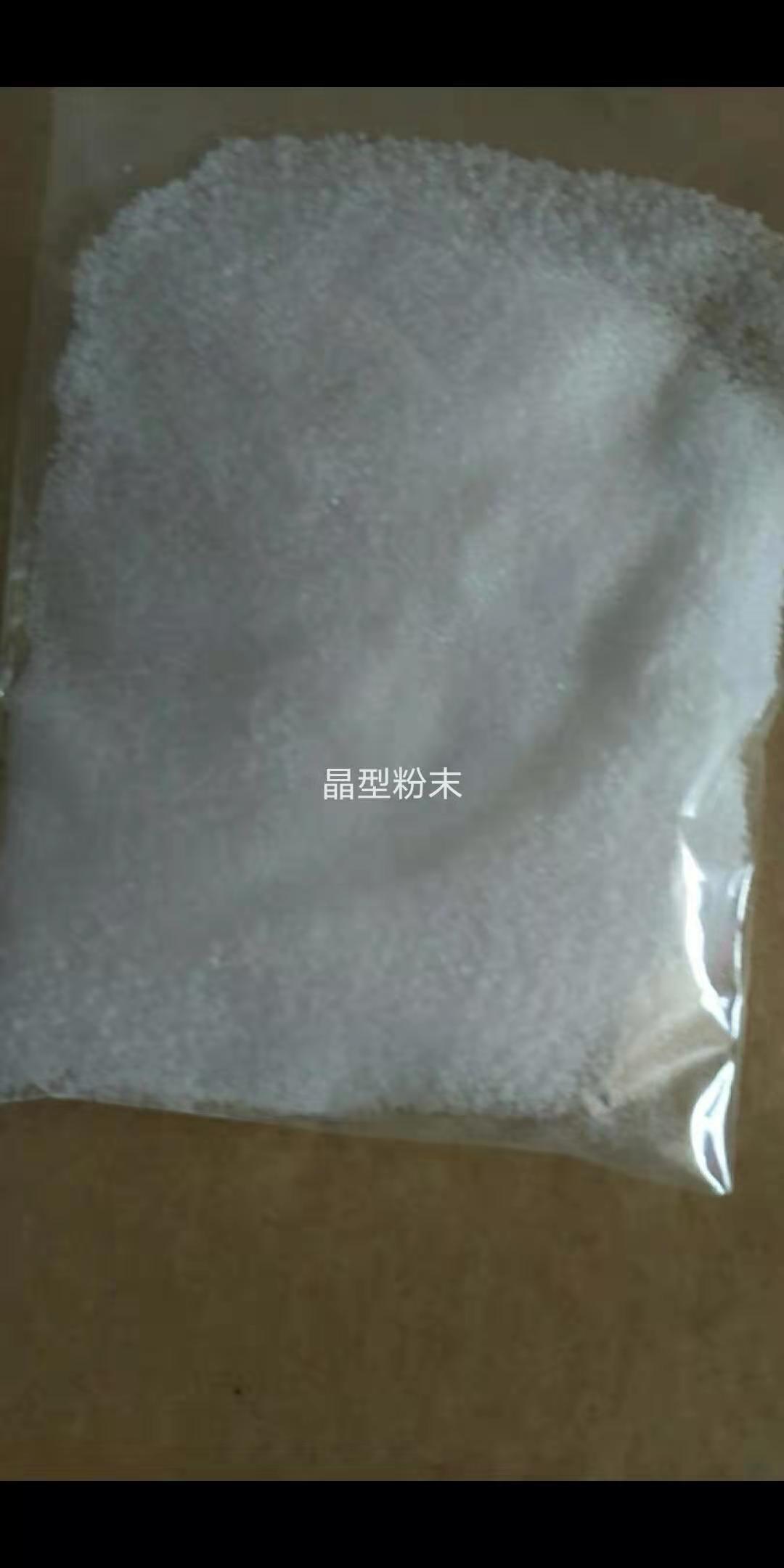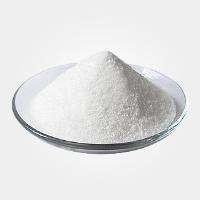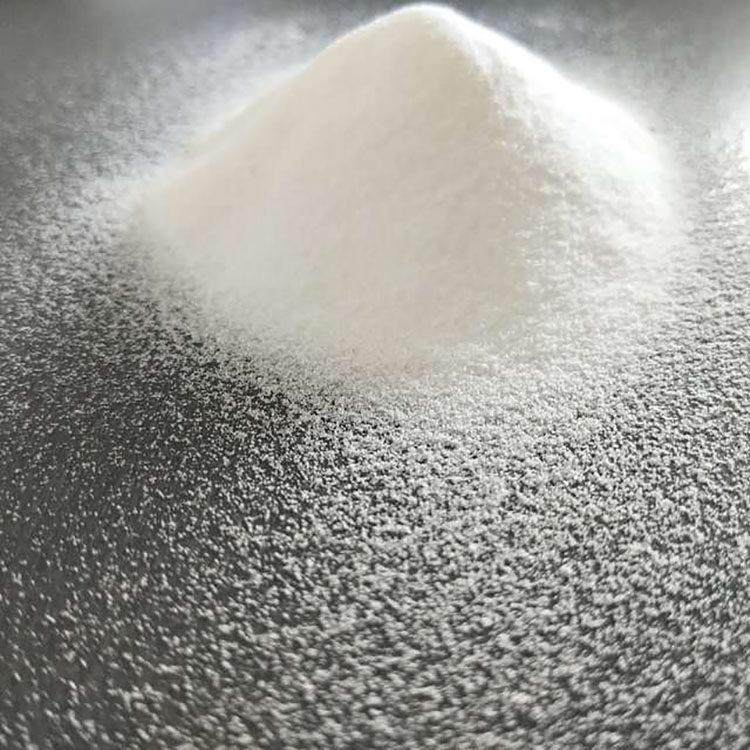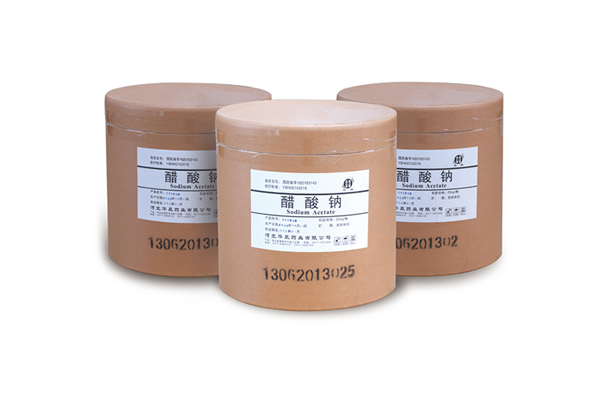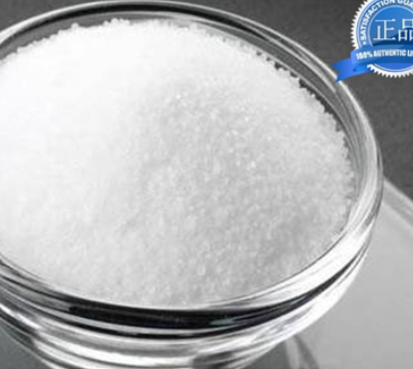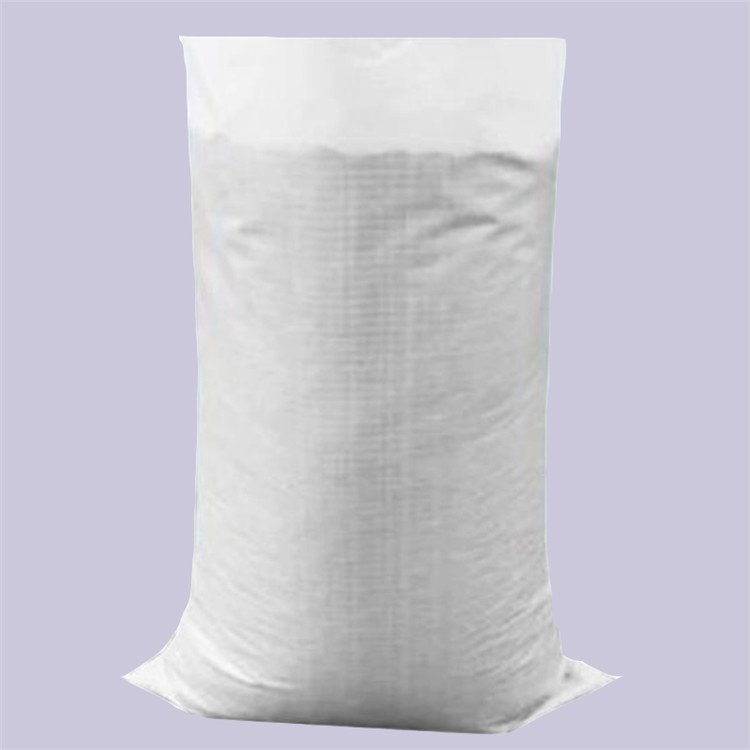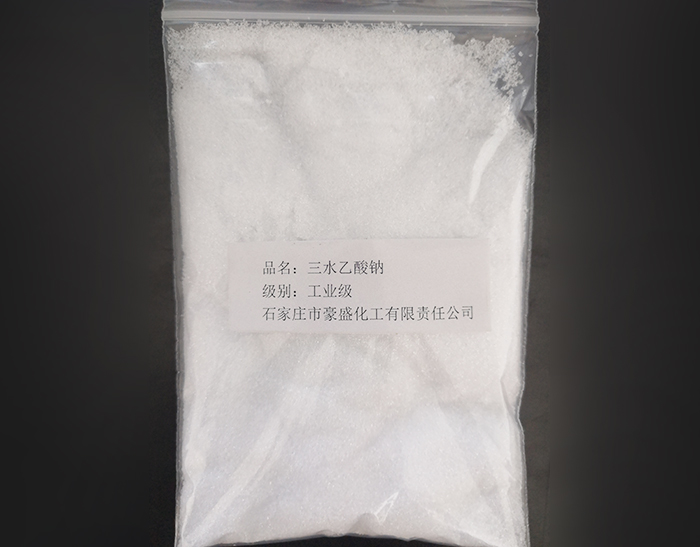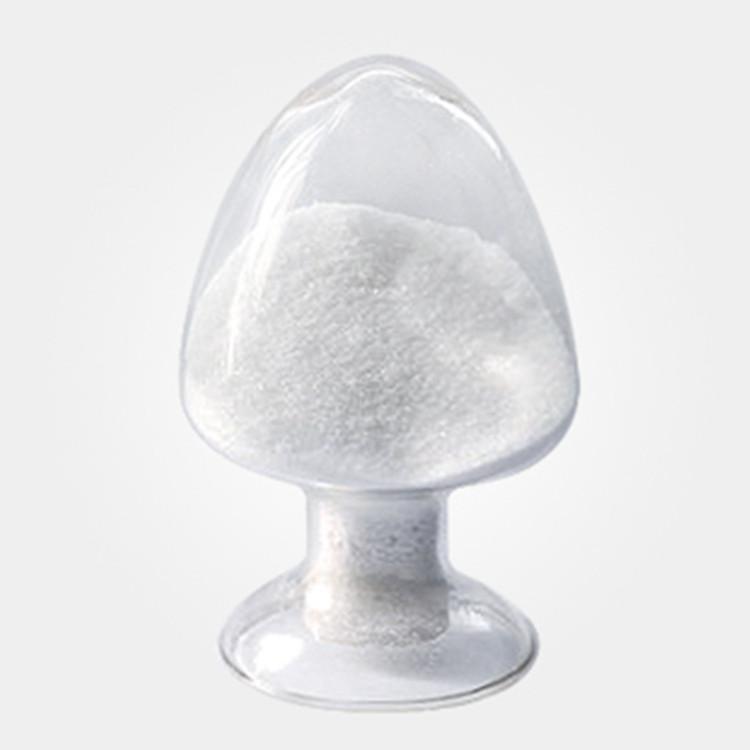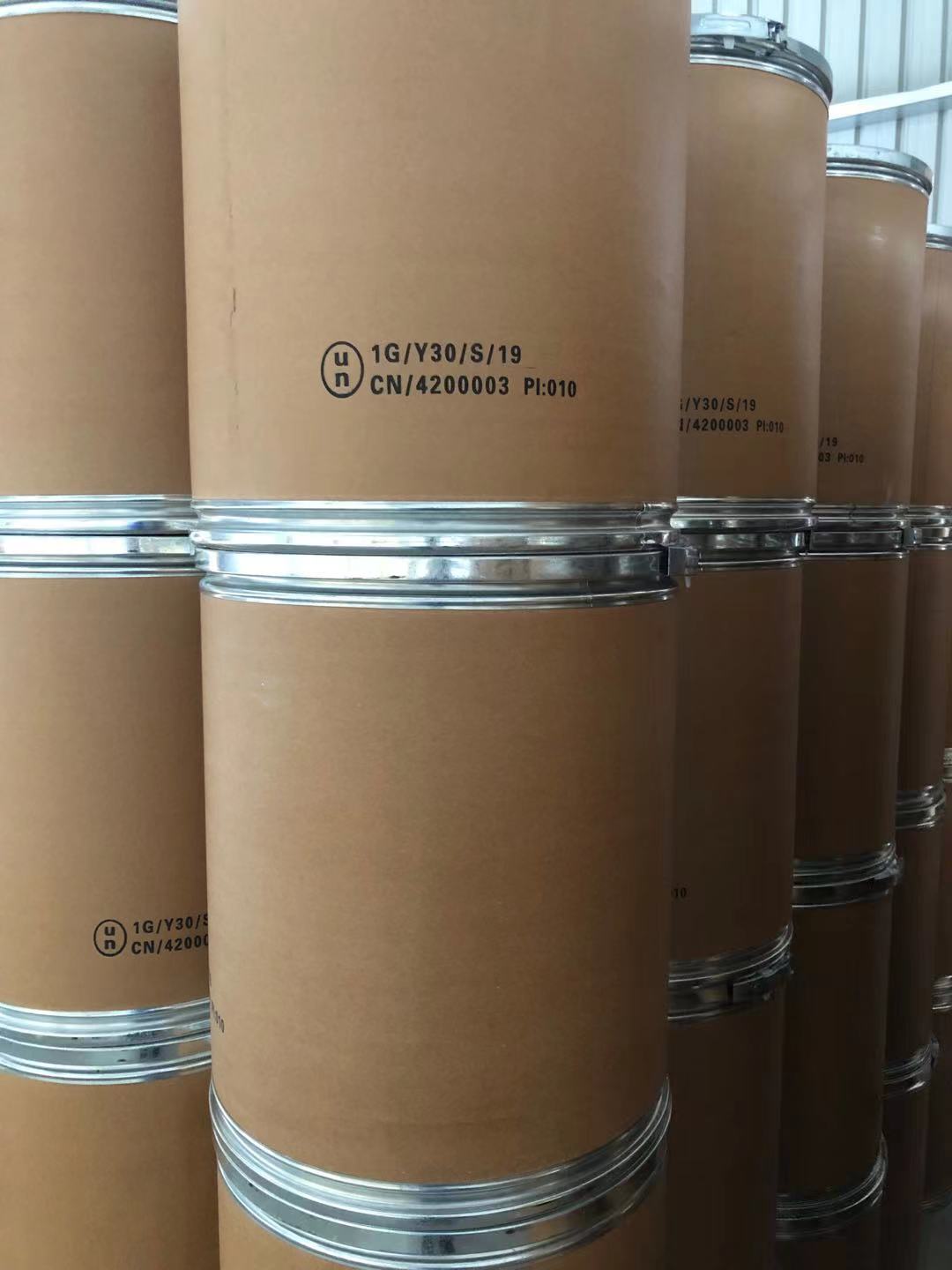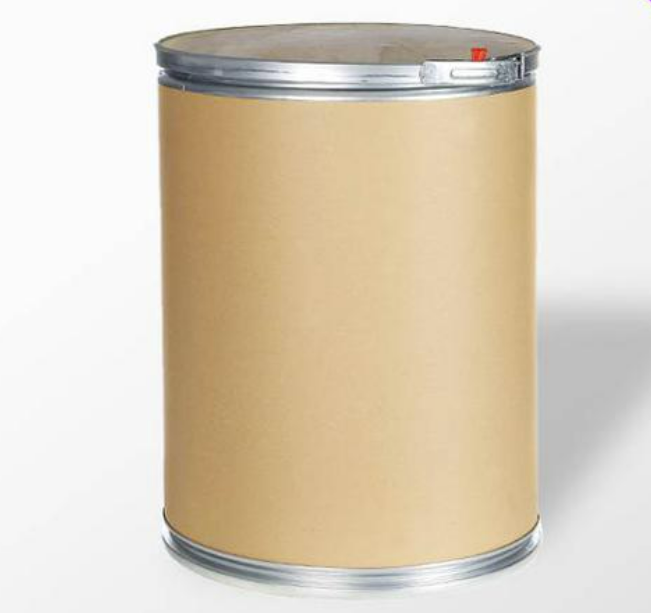Agrochemicals
Find
1816
related chemicals for you
CAS:99-30-9
Molecular Formula:C6H4Cl2N2O2
Alias
More Information
Botran; Ditranil; Dicloran; Benzenamine, 2,6-Dichloro-4-Nitro-; 2,6-Dichloro-4-Nitroaniline; 2,6-Dichloro-P-Nitroaniline; 4-Nitro-2,6-Dichloroaniline; Allisan; 2,6-Dichloro-4-Nitrobenzenamine; Bortran; 1-Amino-2,6-Dichloro-4-Nitrobenzene
Brief Introduction
As an important dye intermediate, it can disperse yellow brown 3GL, decompose yellow brown 2RFL, disperse Brown 3R and disperse Brown 5R. In the late 1950s, it began to be sold as a bactericide commodity. As a broad-spectrum agricultural fungicide, it can control Sclerotinia sclerotiorum of sweet potato, kenaf, cucumber, lettuce, cotton, tobacco, strawberry and potato; Soft rot of sweet potato, cotton and peach; Late blight of potato and tomato; Fusarium Wilt of apricot, almond and apple; Smut of wheat; Flower rot of broad bean. Chloronitramine can be mixed with most insecticides, fungicides, Bordeaux mixture and lime sulfur.
Suppliers
View More Vendors (6) >
Changzhou Sali Chemical Technology Co.,Ltd.
≥98%
/
-
CAS:591-27-5
Molecular Formula:C6H7NO
Alias
More Information
3-Amino-Phenol; m-Hydroxyaniline; Fouramine EG; Futramine EG; Phenol, 3-Amino-; meta-Hydroxyaniline; meta-Amino Phenol; Amino-3-Hydroxybenzene; 3-Hydroxyaniline; M-Aminophenol; 1-Amino-3-Hydroxybenzene; Phenol,3-Amino; META Amino Phenol; META Amino Phenol IN China; META Amino Phenol Inchina
Brief Introduction
Used as dye and pharmaceutical intermediate.
Suppliers
View More Vendors (5) >
CAS:603-35-0
Molecular Formula:C18H15P
Alias
More Information
PP-360; Trifenylfosfin; Triphenyphosphine; Triphenylphosphane; Trihenylphosphine; Triphenyl Phosphine; Triphenyl-Phosphin
Brief Introduction
Triphenylphosphine is the basic raw material of rhodium phosphine complex catalyst, which has wide application in domestic petrochemical industry. Triphenylphosphine is also used in pharmaceutical industry, organic synthesis, analysis and other fields. Triphenylphosphine can also be used as a brightener in dye process, an antioxidant in color film development, a stabilizer in polyepoxidation, and an analytical reagent.
Suppliers
View More Vendors (5) >
CAS:6131-90-4
Molecular Formula:C2H9NaO5
Alias
More Information
Acetic Acid, Sodium Salt, Trihydrate; Acetic Acid Sodium Trihydrate; Sodium Acetate (AS); AS
Brief Introduction
In the food processing industry, sodium acetate can be used as a buffer of flavoring agent and meat preservative. Control the sticky phenomenon caused by fungi in bread production and use it for grain preservation with high water content; This product can also be used as textile printing and dyeing auxiliary (mordant), buffer for photographic industry, chemical reagent and pharmaceutical intermediate chemical book; It can also be used as raw materials for the synthesis of organic chemical products such as furan, acrylic acid, acetate, chloroacetic acid, acetic anhydride and cinnamic acid. In addition, because the aqueous solution of sodium acetate has some special thermal properties than pure water, it can be used in hand heaters and bottle heaters; It is also used in hemodialysis for the treatment of renal failure.
Suppliers
View More Vendors (5) >
CAS:693-98-1
Molecular Formula:C4H6N2
Alias
More Information
Actiron 2Mi; 2-Metilimidazol; 2Mz; Denka Cn 25; 2-Methyl-Imidazole; 2Mi; Curezol 2Mz; 2Mz-Pw; 1H-Imidazole, 2-Methyl-; Epikure Mi 2; 2Mz-H; Epicure Mi 2; 2-Methyl Imidazole
Brief Introduction
This product is the intermediate of dimethylazole and methoxycillin, and also the curing agent of epoxy resin and other resins. It can be used as a medium temperature curing agent of epoxy resin, but it is mainly used as a curing accelerator for powder forming and powder coating.
Suppliers
View More Vendors (5) >
Inquiry (
10
/ 10
)
Clear All
You can inquire for up to 10 products at a time
Sign In
Error!

